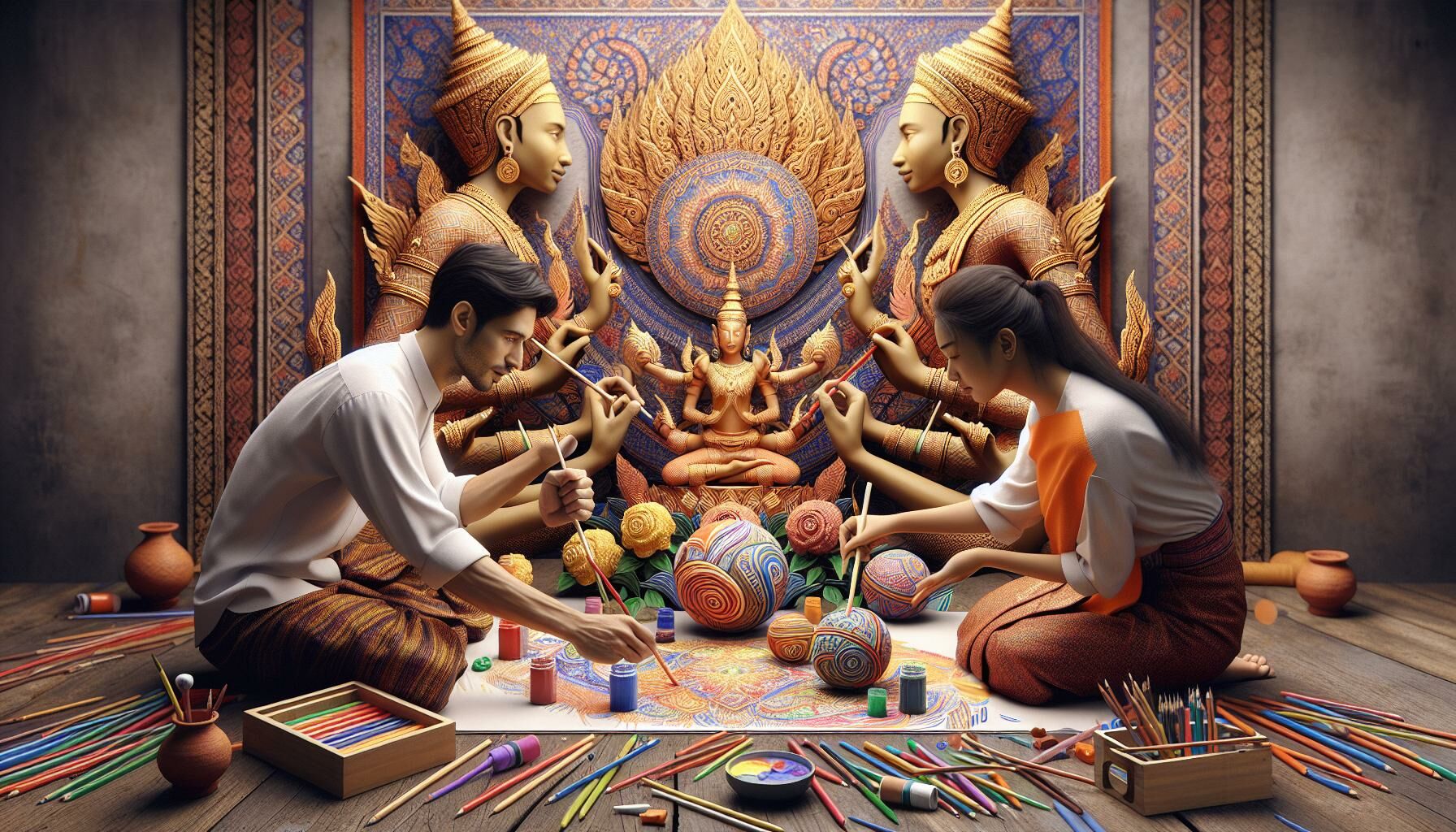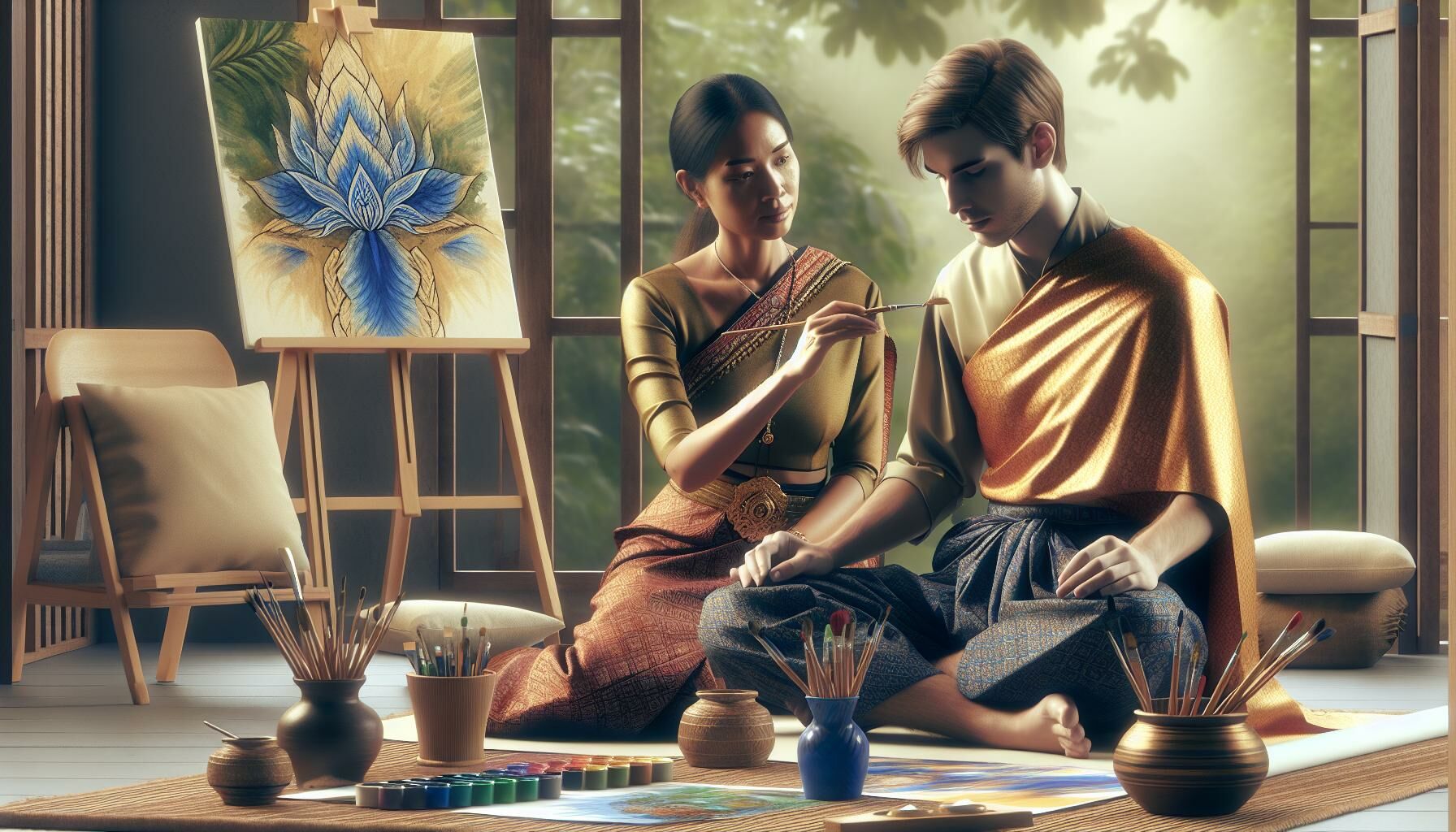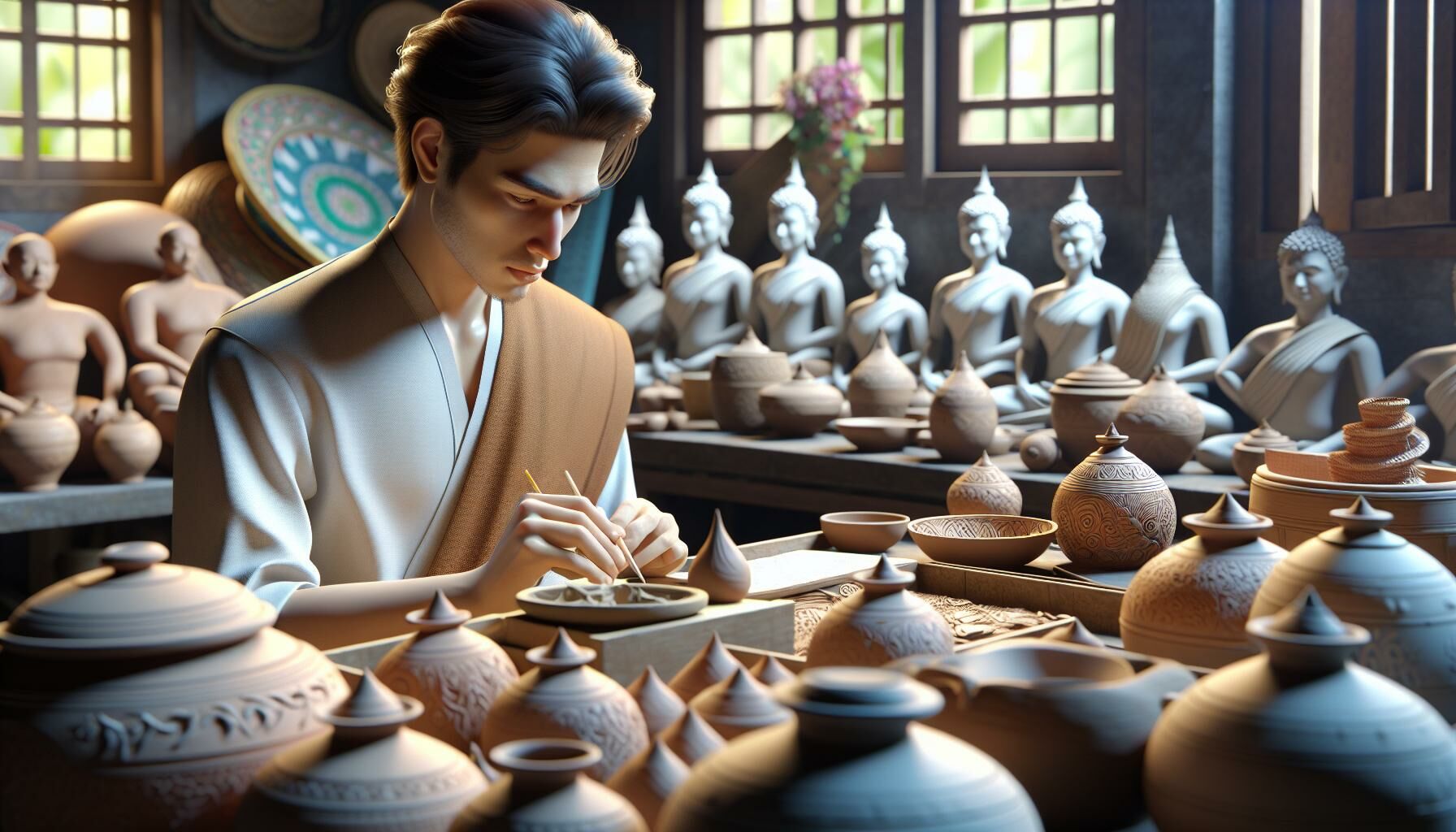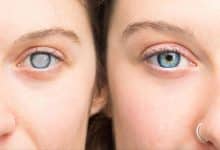Explore art therapy in Thailand: a unique blend of tradition and healing

Art therapy in Thailand offers a compelling blend of traditional healing techniques and modern therapeutic approaches, capturing significant attention since its introduction. Launched in 1986 by Burapha University, this innovative method has exceeded the expectations of conventional alternative treatments, establishing itself as an influential force in the field of psychological wellness and creative expression. It has successfully drawn interest from Thai academics and practitioners alike, fostering a vibrant community of enthusiasts.
As it progresses within the Thai context, art therapy proves to be a valuable addition to existing therapeutic practices, introducing fresh insights into personal development and artistic exploration. This article seeks to delve into the genesis of art therapy in Thailand, evaluate its present impact, and consider its potential trajectory. For those fascinated by this transformative approach, a detailed analysis of its development awaits.
What art therapy is
Art therapy expertly blends the pleasure of artistic creation with therapeutic techniques to boost mental health, allowing individuals to express emotions without words and enhance self-awareness. It utilizes diverse art materials like paints and clay to manifest inner thoughts and feelings outwardly. This approach is proven effective in regulating emotional states, promoting self-equilibrium, reducing anxiety, and bolstering social abilities. Moreover, the involvement of certified art therapists is crucial. They guide participants through their artistic journey and aid in deciphering the psychological meanings behind their creations, thus tackling deep-seated emotional or mental challenges.
The rising popularity in different parts of the world
Art therapy is increasingly recognized worldwide, with Thailand leading in combining traditional artistic methods and contemporary healing techniques. Notably, Thailand has established a partnership with a Canadian organization to advance its art therapy proficiency on an international level.
The accessibility of art therapy is one of its most commendable features; it is open to individuals of all ages—children, adults, and the elderly. This inclusivity is due to art therapy’s ability to transcend linguistic barriers, providing a universal platform for personal expression. It offers people from various backgrounds a valuable means to manage emotional challenges and address complex life situations through creative involvement.
In Thailand, the integration of ancient therapeutic practices with modern art therapy applications has shown considerable benefits for mental health care. This combination allows individuals to delve into their emotions and tackle life’s challenges creatively. The increasing recognition and acceptance of art therapy highlight its potential to significantly improve mental well-being.
The growing popularity of art therapy attests to its versatility and effectiveness in enhancing mental health. It is indeed motivating to observe the significant positive impact that engaging in artistic activities can have on an individual’s emotional state.
The history of art therapy in Thailand

How art therapy emerged in Thailand
Art therapy in Thailand began its journey in 1986 at Burapha University, marking the inception of a new era in therapeutic practices within the country. The fusion of traditional Thai healing methods with innovative art therapy techniques presented a unique approach to mental wellness. Initially, the concept attracted attention primarily among Thai scholars and healthcare professionals intrigued by the potential of art as a tool for emotional expression and healing. This interest laid the foundation for the discipline’s growth, cultivating an environment where art therapy could flourish.
As global recognition of art therapy’s effectiveness in addressing psychological issues increased, Thailand’s art therapy scene began to evolve. The introduction of structured programs, notably the International Program of Art Therapy in Bangkok developed in collaboration with the Canadian International Institute of Art Therapy (CiiAT), solidified art therapy’s presence in Thailand. This strategic partnership brought international standards and expertise to the local art therapy curriculum, broadening its appeal and accessibility.
Important figures in Thailand’s art therapy scene
The evolution of art therapy in Thailand represents a significant journey marked by notable developments and influential figures who have significantly contributed to its growth. In the early 2000s, pioneers like Wong June Teck Daniel and Dr. Patcharin Sughondhabirom played crucial roles in advocating for the integration of art therapy across various sectors, including hospitals and educational institutions. Their efforts led to the founding of the Art Therapy Foundation Thailand, an entity focused on raising awareness and sharing insights through informative video diaries.
These key individuals were pivotal in incorporating art therapy into Thailand’s mental health landscape, not just by promoting its benefits but also by initiating comprehensive training programs that met international standards.
The launch of Bangkok’s International Program of Art Therapy was a landmark event, highlighting Thailand’s dedication to adopting high-quality educational practices that meet the criteria established by organizations like the Canadian Art Therapy Association (CATA). This move was essential for building connections with global art therapy professionals, ensuring Thai practitioners access to advanced methodologies and knowledge.
The benefits of art therapy

The video above is from Sage Neuroscience Center, YouTube channel.
Psychological and emotional benefits
Art therapy stands as an esteemed complement to traditional therapy methods, offering a multitude of benefits to participants. It enables individuals to connect with their emotions through non-verbal means, adeptly revealing underlying feelings that might not be accessible otherwise. Participating in art-related activities has been shown to induce a calming effect, markedly lowering stress and anxiety while promoting a sense of peace. Moreover, it creates a secure space for expressing difficult emotions such as grief, sadness, and anger. A significant benefit of art therapy is the enhancement of self-esteem; individuals discover and appreciate their creative potential and expressive abilities, leading to a substantial increase in confidence.
Why it’s particularly beneficial in the cultural context of Thailand
In Thailand, the preference for non-direct communication about emotions, in order to preserve social harmony and respect cultural norms, positions art therapy as an especially apt choice. This modality is perfectly aligned with Thai cultural values as it enables individuals to express their thoughts and emotions through nonverbal means, which is highly regarded in this context. Art therapy offers a unique avenue for individuals to creatively explore and express their feelings without disturbing the social balance. Thus, in settings where open conversations about emotional well-being are rare, art therapy stands out as a crucial tool for personal emotional exploration and fostering emotional connections with others.
Examples of art therapy
In Thailand, art therapy is defined by its diverse and adaptable approach, tailored to meet the unique needs and preferences of each participant. It offers a wide range of artistic mediums, from painting, which allows individuals to visually express their emotions, to drawing for sharing personal narratives. Significantly, this practice incorporates local cultural elements like pottery and weaving into the therapeutic process, thus paying homage to Thai traditions. Additionally, collage-making provides an opportunity for individuals to choose images that deeply resonate with them and compile these in a way that mirrors their inner experiences.
The flexibility of art therapy in Thailand ensures it is responsive to the individual’s path towards recovery while also celebrating the country’s rich cultural heritage. Through these various artistic expressions, art therapy plays a crucial role in facilitating self-reflection and enhancing mental health among participants. This multifaceted approach not only supports personal healing but also fosters a deeper connection with Thai cultural practices.
Art therapy techniques in Thailand

Unique techniques in Thailand
Art therapy in Thailand incorporates a blend of contemporary and traditional techniques, offering a distinct approach to healing and emotional expression. A key component is the integration of mindfulness, a practice deeply rooted in Thai culture. Therapists often combine mindfulness with art-making, guiding clients to focus on the present moment, which enhances self-awareness and emotional release. Moreover, Thailand’s art therapy sessions frequently utilize natural materials, adhering to the country’s rich heritage of environmental integration. Participants may use leaves, wood, or stones, encouraging a tactile exploration of nature’s textures, colours, and forms. This unique method fosters a deep connection between individuals and their surroundings, promoting a holistic sense of well-being.
How traditional Thai art forms are incorporated into art therapy
In Thailand, traditional art plays a pivotal role in enhancing mental health. Engaging in Thai painting, known for its detailed and colorful expression, allows individuals to convey their feelings and stories without words. Carving and silk painting, beyond providing enjoyment, offer a meditative experience that encourages deep engagement in the creative process, resulting in beautiful artworks. By engaging in these practices rooted in Thai culture, individuals strengthen their connection to their identity and heritage. This unique approach effectively merges the benefits of an art class with those of a history lesson and therapeutic session. The incorporation of traditional Thai art into therapeutic practices does more than preserve cultural traditions; it enriches the healing journey by linking it to something both familiar and meaningful. This innovative method sets apart therapy in Thailand by weaving cultural heritage into mental health care—a noteworthy strategy indeed.
How to get involved in art therapy
Exploring art therapy in Thailand offers a unique opportunity for individuals to delve into their emotions while fostering creativity. This therapeutic method seamlessly integrates traditional and modern healing techniques, accommodating a wide array of preferences. For those considering this path, Thailand is rich in resources, including classes and workshops. Leading institutions such as Burapha University and the Canadian International Institute of Art Therapy in Bangkok are ideal starting points. These centres offer extensive instruction on various approaches, from mindfulness practices to interaction with natural materials and traditional Thai art forms. Engaging in therapy in Thailand not only supports mental health but also promotes a closer connection with the country’s cultural legacy and history, enhancing the overall experience.
Latest Thailand News
Follow The Thaiger on Google News:


























